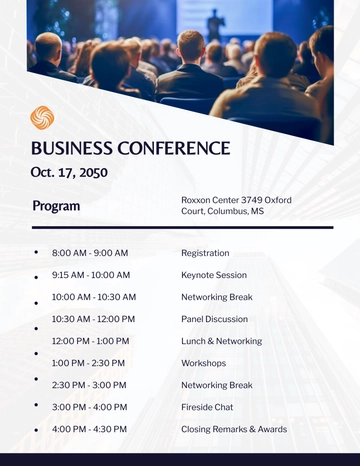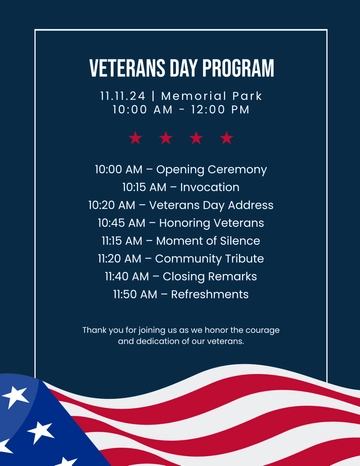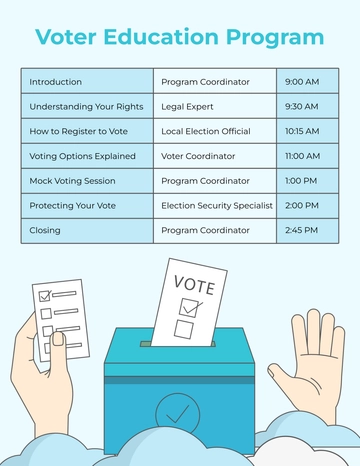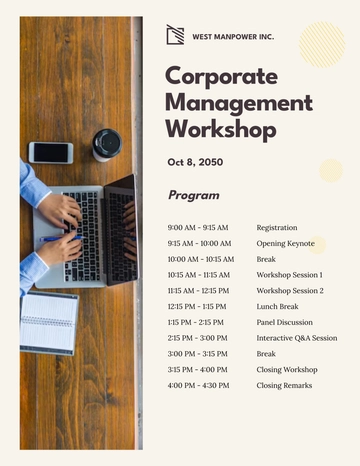Free Legal Corporate Compliance Program Management Manual
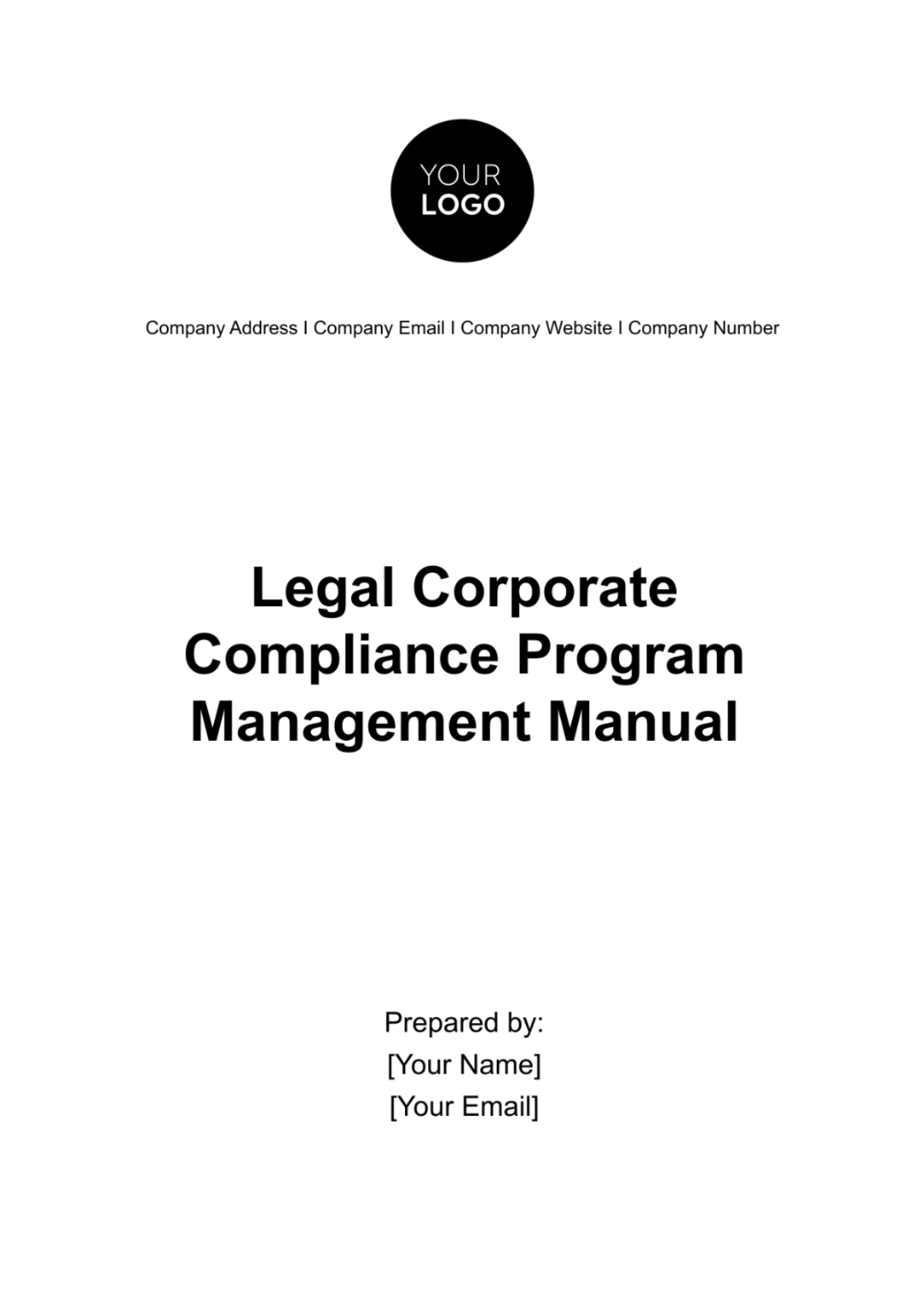
I. Introduction
The purpose of this Compliance Program Management Manual is to provide a comprehensive framework for ensuring that we conduct our business in accordance with all applicable laws, regulations, and ethical standards. This manual serves as a guide for all employees, from senior management to new hires, emphasizing our commitment to integrity and legal compliance in every aspect of our operations.
Our compliance framework is designed to address the complex and dynamic nature of the legal and regulatory environment in which we operate. It outlines the principles and practices that guide our decision-making processes, ensuring that compliance is integrated into our corporate culture and daily activities.
II. Compliance Program Objectives
The primary goal of our compliance program is to prevent, detect, and respond to any violations of laws, regulations, or company policies. By achieving this goal, we aim to protect our organization from legal and financial penalties, safeguard our reputation, and maintain the trust of our clients, partners, and the public.
Specific objectives of the compliance program include:
Ensuring that all employees understand their legal and ethical responsibilities under the compliance program.
Establishing clear guidelines for ethical conduct and legal compliance that are relevant to our business operations.
Implementing effective mechanisms for monitoring compliance and detecting violations.
Providing accessible channels for reporting suspected violations without fear of retaliation.
Conducting thorough investigations of reported violations and taking appropriate corrective action.
Regularly reviewing and updating the compliance program to address new risks and regulatory changes.
III. Compliance Governance
Our compliance governance structure is designed to ensure effective oversight, management, and implementation of the compliance program across the entire organization. This structure facilitates clear communication, assigns accountability, and supports the integration of compliance practices into our daily operations. Below is a table outlining the key roles within our compliance governance framework and their respective responsibilities:
Role | Responsibilities |
Compliance Officer | Oversees the entire compliance program, ensures policies are up-to-date, and manages compliance risks. |
Compliance Committee | Provides guidance on compliance matters, approves policies, and reviews program effectiveness. |
Department Heads | Implement compliance policies within their departments, ensure staff compliance, and report to the Compliance Officer. |
Employees | Adhere to compliance policies and procedures, participate in training, and report compliance concerns. |
IV. Risk Assessment
A. Methodology for Conducting Risk Assessments
Our risk assessment process involves a systematic approach to identifying potential areas of compliance risk within our operations. This methodology includes reviewing existing internal policies and procedures, analyzing past compliance issues, and staying informed about changes in the legal and regulatory landscape. We utilize a combination of qualitative and quantitative methods to evaluate the severity and likelihood of identified risks.
B. Process for Identifying and Prioritizing Compliance Risks
Identification: Gather information from various sources, including regulatory updates, internal audits, and employee feedback, to identify potential compliance risks.
Analysis: Assess the potential impact and likelihood of each identified risk, considering both financial and reputational consequences.
Prioritization: Rank the risks based on their severity and likelihood to determine which risks require immediate attention and resource allocation.
C. Frequency of Risk Assessments and Updates
Risk assessments are conducted annually as a minimum standard. However, to ensure our compliance program remains responsive to the dynamic regulatory environment, we also conduct interim risk assessments in response to significant changes in laws, regulations, or our business operations. Updates to the risk assessment findings and subsequent adjustments to the compliance program are communicated to relevant stakeholders in a timely manner.
V. Policies and Procedures
The cornerstone of our compliance program is the development, approval, and continuous revision of our compliance policies and procedures. This process ensures that our policies are comprehensive, up-to-date, and reflective of both the current regulatory landscape and our business practices. The development of these documents involves collaboration between the compliance department, legal counsel, and relevant business units to ensure all perspectives are considered. Once drafted, policies and procedures are reviewed and approved by the Compliance Committee before being officially adopted. Revisions occur on an as-needed basis triggered by changes in laws, regulatory guidance, or operational practices, ensuring our compliance framework remains effective and relevant.
Our compliance policies cover a wide range of key areas critical to maintaining legal and ethical standards across our operations. These areas include, but are not limited to:
Anti-Corruption: Guidelines to prevent bribery and corruption in dealings with public officials and private sector entities.
Data Protection: Measures to safeguard personal and sensitive information in compliance with laws like GDPR and HIPAA.
Employment Practices: Standards for fair hiring, non-discrimination, workplace safety, and labor relations.
Financial Integrity: Policies ensuring accurate financial reporting, internal controls, and adherence to tax laws.
Environmental Compliance: Commitments to environmental protection and sustainable business practices.
To ensure that all employees have access to and understand these policies and procedures, we disseminate them through multiple channels. Upon adoption or revision, documents are distributed electronically via email or made available on our internal website. Hard copies are provided upon request for those who prefer or require them. Training sessions and informational meetings further reinforce the importance of these policies and ensure that employees understand their roles and responsibilities in upholding our compliance standards.
VI. Training and Education
An effective training and education program is essential for ensuring that all employees understand and can apply our compliance policies in their day-to-day activities. Our program is designed to be comprehensive, covering all key compliance areas, and tailored to the specific needs of different employee groups. Below is an overview of our primary training programs, their content, duration, frequency, and target audience:
Program | Content | Duration | Frequency | Target Audience |
Compliance Orientation | Overview of compliance program, key policies | 2 hours | Upon hire | All new hires |
Anti-Corruption Training | Anti-bribery laws, case studies, reporting procedures | 1 hour | Annually | Sales, Procurement |
Data Protection Awareness | Data handling practices, GDPR/HIPAA compliance | 1.5 hours | Annually | IT, HR, Customer Service |
Employment Law Workshop | Fair labor practices, harassment prevention | 2 hours | Bi-annually | Managers, HR |
Environmental Compliance Seminar | Sustainable practices, legal requirements | 1 hour | Annually | Operations, Facilities |
VII. Communication
Effective communication is a pillar of our compliance program, ensuring that compliance matters are transparent and understood by all stakeholders, both internally and externally. Our strategy involves a multi-channel approach to disseminate compliance-related information, engage with employees, and receive feedback. Internally, this ensures that our staff is informed about compliance policies, updates, and their roles in maintaining compliance. Externally, it helps to maintain transparency with regulators, partners, and the public, reinforcing our commitment to compliance and ethical practices.
To facilitate this communication, we employ various tools tailored to the content and audience:
Tool | Best Used For |
Newsletters | Regular updates on compliance matters, policy changes |
Intranet | Access to compliance resources, policies, and training materials |
Bulletins | Immediate dissemination of critical compliance alerts and updates |
Compliance Hotline | Anonymous reporting of compliance concerns or violations |
VIII. Monitoring and Auditing
To ensure the effectiveness of our compliance program, we engage in continuous monitoring and regular auditing of our compliance controls and practices. Monitoring activities are designed to detect deviations from compliance standards in real-time, allowing for immediate corrective action. These activities include regular reviews of financial transactions, data access logs, and employee compliance with training requirements.
Our audit plan outlines the schedule and scope of periodic audits conducted by both internal auditors and external firms. These audits assess the adequacy of our compliance controls, the adherence to policies and procedures, and the overall effectiveness of the compliance program.
Procedures for the regular review of compliance controls and practices include:
Quarterly internal audits of high-risk areas.
Annual comprehensive compliance program review.
Regular updates to risk assessments to reflect changes in the business environment or regulatory landscape.
Continuous feedback loop from employees through surveys and suggestion boxes.
Upon identifying any compliance deficiencies or violations through monitoring or auditing, we have established procedures for the prompt investigation and implementation of corrective actions. This includes documenting the findings, determining the root cause of the issue, taking necessary corrective measures to prevent recurrence, and, when appropriate, reporting the issue to relevant authorities. Our approach ensures that we not only address compliance violations but also strengthen our compliance program against future risks.
IX. Reporting and Investigation
Our organization encourages a culture of transparency and accountability, where all employees feel empowered to report suspected compliance violations without fear of retaliation. We have established clear procedures to facilitate the reporting and investigation of such violations, ensuring that all concerns are addressed promptly and thoroughly.
A. Procedures for Reporting Suspected Compliance Violations
Confidential Hotline: Employees can report violations anonymously via a 24/7 hotline.
Email Reports: Employees can send detailed reports to a dedicated compliance email address.
Direct Reporting: Employees are encouraged to report concerns directly to their supervisors, the Compliance Officer, or HR.
B. Process for Investigating Reports of Non-compliance
Initial Assessment: The Compliance Officer conducts an initial review of the report to determine the necessity of a full investigation.
Investigation Team: If needed, an investigation team is assembled, which may include internal or external legal and compliance experts.
Evidence Collection: The team collects and reviews all relevant documents, emails, and other evidence.
Interviews: Interviews are conducted with the reporting individual, witnesses, and any other relevant parties.
Report and Recommendations: The investigation team prepares a report summarizing the findings and recommending corrective actions.
C. Protection Against Retaliation
We have implemented stringent measures to protect individuals who report compliance violations from any form of retaliation. Our non-retaliation policy is communicated to all employees and strictly enforced. Anyone found to be retaliating against an individual for reporting a violation will be subject to disciplinary action, up to and including termination. We also provide support and resources to reporting individuals throughout the investigation process to ensure their concerns are addressed and they feel safe and valued.
X. Enforcement and Discipline
Our commitment to compliance is reinforced through clear guidelines for responding to violations and consistent disciplinary measures for non-compliance. These measures are designed to correct inappropriate behavior, prevent future violations, and maintain the integrity of our compliance program.
A. Guidelines for Responding to Compliance Violations
Immediate Action: Temporarily suspend the involved processes or individuals from their duties until an investigation is complete.
Corrective Measures: Implement corrective actions based on investigation findings, such as process improvements or additional training.
Documentation: Document all violations, investigation processes, and outcomes for future reference and learning.
B. Disciplinary Measures for Non-compliance
Violation Severity | Disciplinary Action | Examples of Violations |
Minor | Written warning, additional training | Minor policy breaches |
Moderate | Suspension without pay, demotion | Repeated minor violations |
Severe | Termination, legal action | Fraud, embezzlement, bribery |
C. Consistency in Enforcement Actions
Consistency in our response to compliance violations is crucial for maintaining trust and fairness within our organization. All disciplinary actions are determined based on the severity of the violation, the individual's history, and the impact of their actions on the organization. By applying these measures consistently, we uphold our commitment to compliance and integrity.
XI. Third-Party Due Diligence
Recognizing that our compliance obligations extend to our interactions with suppliers, contractors, and partners, we have implemented comprehensive procedures for assessing and monitoring third-party compliance. This due diligence process is critical for managing risks and ensuring that our external business relationships adhere to our high standards of legal and ethical conduct.
A. Procedures for Assessing and Monitoring
Risk Assessment: Conduct a risk-based assessment of potential third parties before engagement.
Due Diligence Questionnaires: Require third parties to complete detailed questionnaires about their business practices, compliance programs, and past legal issues.
Background Checks: Perform background checks to verify the information provided in the due diligence questionnaires and identify any red flags.
Compliance Clauses in Contracts: Include specific compliance clauses and requirements in all contracts with third parties.
Regular Monitoring: Conduct ongoing monitoring of third-party compliance through audits, reviews, and updates to risk assessments.
B. Guidelines for Engagement
Selection Criteria: Establish clear criteria for selecting third parties, including compliance with applicable laws and alignment with our ethical standards.
Transparency: Encourage openness and transparency in all dealings with third parties.
Communication of Policies: Clearly communicate our compliance policies and expectations to third parties.
Reporting Mechanisms: Provide mechanisms for third parties to report potential compliance issues or concerns.
XII. Recordkeeping
Maintaining accurate and comprehensive records of our compliance activities is essential for demonstrating our commitment to compliance and facilitating audits and investigations. Our recordkeeping policies specify the types of documents to be retained, the duration of retention, and how these records are managed and protected.
A. Requirements for Documentation and Retention
Document Type | Retention Years |
Training Records | 5 |
Audit Reports | 7 |
Compliance Incident Reports | 7 |
Due Diligence Documentation | 7 |
Policy and Procedure Revisions | Permanently |
B. Management of Records and Confidentiality Considerations
All compliance-related records are stored securely in a manner that protects their confidentiality, integrity, and availability. Access to these records is restricted to authorized personnel only, and all employees are trained on the importance of confidentiality and proper records management. We also comply with applicable data protection laws in the handling and storage of records, particularly those containing personal or sensitive information.
XIII. Continuous Improvement
Our commitment to compliance is an ongoing process that requires continuous evaluation and improvement. We regularly review the effectiveness of our compliance program, incorporating feedback from employees, audit findings, and developments in the regulatory landscape. This approach ensures that our program remains dynamic, responsive to new challenges, and reflective of best practices in corporate compliance. Through this commitment to continuous improvement, we strengthen our organization's integrity, resilience, and capacity to fulfill our ethical and legal obligations.
- 100% Customizable, free editor
- Access 1 Million+ Templates, photo’s & graphics
- Download or share as a template
- Click and replace photos, graphics, text, backgrounds
- Resize, crop, AI write & more
- Access advanced editor
Explore the Legal Corporate Compliance Program Management Manual Template from Template.net, designed to empower your organization with a robust framework for compliance program management. This editable and customizable template is your guide to creating a comprehensive manual that aligns with regulatory requirements and best practices. Editable in our AI Editor tool, it facilitates the detailed documentation of compliance procedures.






